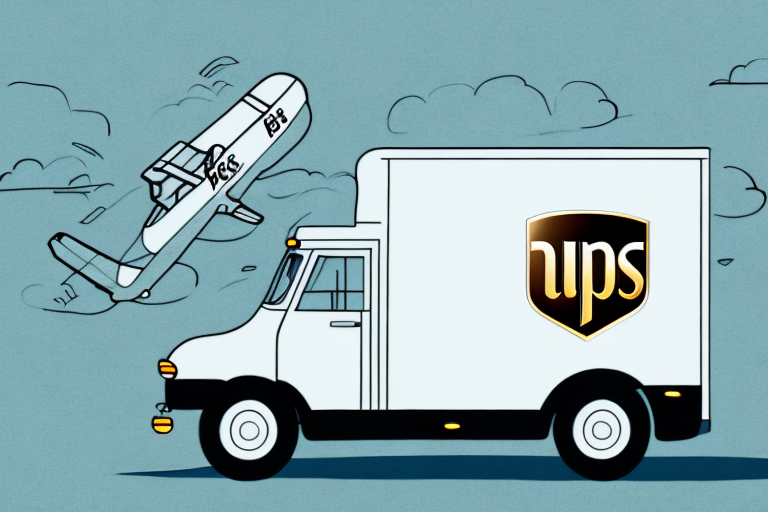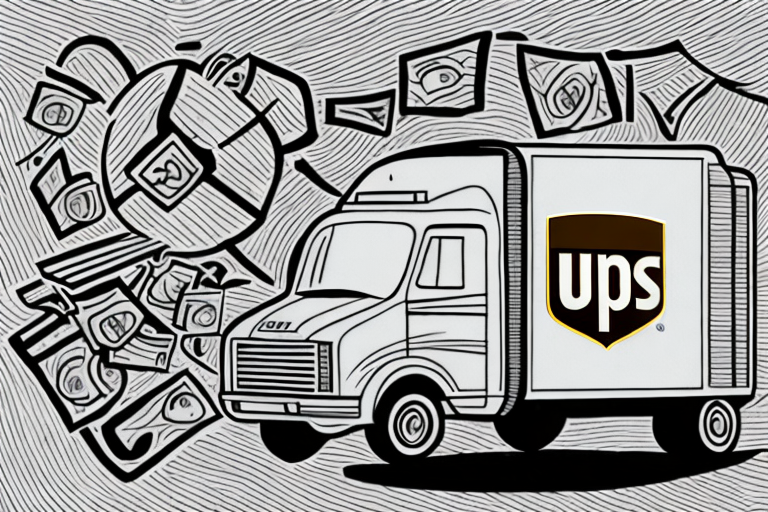Introduction to UPS Letter Shipping Rates
Shipping letters through UPS can be an efficient way to ensure timely and secure delivery. However, understanding UPS's letter shipping rates can be complex due to various factors influencing the cost. In this comprehensive guide, we will explore the essential details of UPS letter shipping rates, how to calculate them, the factors that affect pricing, strategies to optimize your shipping costs, comparisons with other carriers, and future trends in shipping rates.
Calculating UPS Letter Shipping Rates
Using the UPS Online Shipping Calculator
The most effective way to calculate UPS letter shipping rates is by utilizing the UPS online shipping calculator. By entering the weight of your letter and the origin and destination zip codes, you can receive an estimated shipping cost instantly. This tool is essential for budgeting and planning your shipments accurately.
Factors Influencing the Calculation
Several elements contribute to the final shipping rate, including:
- Weight: UPS accepts letters up to 13 ounces. Exceeding this limit may classify your shipment as a package, incurring higher fees.
- Dimensions: The size of your envelope must not exceed 6.125 inches in height, 11.5 inches in length, and 0.25 inches in thickness.
- Shipping Speed: UPS offers various shipping options such as Standard, Expedited, and Express, each with different pricing and delivery times.
- Delivery Zones: The distance between the origin and destination affects the rate, with longer distances generally costing more.
Factors Influencing UPS Letter Shipping Rates
Weight and Size of the Letter
The weight and dimensions of your letter are primary determinants of the shipping cost. UPS allows letters up to 13 ounces and within specified size limits. Ensure your letter adheres to these constraints to avoid additional charges.
Destination Address
Shipping to distant or international destinations typically incurs higher costs due to increased transit time and handling requirements. Using the UPS Zone Locator can help determine the exact zone of your destination, providing a clearer estimate of the shipping rate.
Shipping Speed Options
UPS offers multiple shipping speeds to cater to different needs:
- Standard Shipping: The most cost-effective option with longer delivery times.
- Expedited Shipping: Faster delivery at a higher cost.
- Express Shipping: The quickest option, suitable for urgent deliveries, with the highest fees.
Additional Services and Fees
Opting for extra services such as signature confirmation, insurance, or special handling can increase the overall shipping cost. It's essential to assess whether these services are necessary for your shipment.
Strategies to Optimize UPS Letter Shipping Rates
Enroll in UPS Business Programs
Businesses that frequently ship letters can benefit from UPS's business programs, which offer discounted rates based on shipping volume. Learn more about UPS business programs here.
Use Online Shipping Tools
Taking advantage of UPS's online shipping tools allows you to compare different shipping options and select the most cost-effective method. Additionally, UPS provides free packaging supplies for online shipments, reducing overall costs.
Consolidate Shipments
Reducing the number of individual shipments by consolidating letters can lead to significant savings. Combine multiple letters into a single shipment when possible, leveraging UPS discounts for bulk shipping.
Choose Slower Shipping Speeds
Opting for slower shipping speeds, when time is not a critical factor, can significantly lower your shipping costs.
Comparing UPS with Other Shipping Carriers
USPS vs. UPS
While USPS is often the go-to for letter shipments due to its flat-rate offerings, UPS provides competitive rates for heavier letters and international shipments. Compare rates using the USPS website and the UPS website to determine the best option for your needs.
FedEx vs. UPS
FedEx and UPS both offer reliable shipping services, but their pricing structures differ. FedEx might offer better rates for certain shipping speeds or destinations. Utilize their respective online calculators to compare rates and find the most cost-effective option.
DHL vs. UPS
DHL is a strong contender for international shipments, often providing faster delivery times but at higher costs compared to UPS. Evaluate your specific shipping needs to determine which carrier offers the best value.
Managing UPS Shipping Issues
Handling Overcharges
If you suspect an overcharge on your UPS letter shipment, contact UPS customer service promptly. Provide shipment details, and UPS may correct the error and issue a refund if applicable.
Avoiding Common Mistakes
Common errors include incorrect weight or dimension entries and choosing inappropriate shipping speeds. Double-check all shipment details before finalizing your shipping to prevent unnecessary costs.
Negotiating Better Rates
Businesses with high shipping volumes can negotiate customized rate plans with UPS. Contact UPS sales representatives to discuss potential discounts based on your shipping needs.
Future Trends in UPS Letter Shipping Rates
Sustainability Initiatives
UPS is increasingly focusing on sustainability by investing in electric vehicles and eco-friendly packaging solutions. These initiatives may influence future shipping rates as the company balances cost with environmental responsibility.
Technological Advancements
Advancements in technology, such as improved rate calculation algorithms and flexible pricing models, are expected to enhance the accuracy and competitiveness of UPS shipping rates. Innovations like real-time tracking and automated shipping processes will continue to shape the future of UPS's services.
Rising Demand for Fast Shipping
The growing demand for faster delivery times, driven by the rise in e-commerce, may lead to increased rates for expedited and express shipping options. UPS is likely to continue expanding its range of fast shipping services to meet consumer expectations.
Conclusion
Understanding and optimizing UPS letter shipping rates can lead to significant cost savings and more efficient shipping operations. By leveraging online tools, enrolling in business programs, and staying informed about future trends, you can make informed decisions that benefit your personal or business shipping needs. Always compare rates with other carriers to ensure you are getting the best value for your shipments.




















